An Joint Cyber Unit
As modern warfare has extended into the space, cyber, and electromagnetic domains, the Japan Self-Defense Force (SDF) is compelled to adapt to new threats deriving from these unconventional fields.
Accordingly, Japan established the “Space Operations Group” for monitoring space debris while launching a new electronic warfare unit within the Army (JGSDF).
But, what about the cyber realm where Japan is considered particularly vulnerable?
Currently, a joint force known as the Cyber Defense Unit is operating at the Ministry of Defense headquarters in Tokyo. With a total of 900 personnel, this unit is consisted of specialized members from each branch of the SDF.
The group was initially launched in 2008 as the Command Communications System Group, and later reorganized in 2022 to its current configuration.
Under the direct control of the Defense Minister, the Cyber Defense Unit is tasked with protecting the information and communications network that connects the entire SDF organization.
With various units stationed from Hokkaido to Okinawa, on remote islands and in mountainous areas, the SDF is interconnected via a special network. Should this system fail in any aspect, it would render the entire organization dysfunctional.
It is worth noting that apart from this common network system, each SDF branch has their own communications networks which are protected by their respective cyber units.
Thus, these segmented networks are managed by its cyber units, whereas the overarching system is primarily handled by the Cyber Defense Unit.
As seen in the Russo-Ukrainian War, cyber attacks are the standard move in the early stages of modern warfare, necessitating not only enhanced security, but also a multi-layered defense.
Hacked By China
With the growing need for cyber security , Japan announced plans to significantly upgrade its cyber security, including the total expansion of cyber-related SDF members to 20,000 personnel.
Behind such decision was the successful infiltration by the Chinese to the core of the Defense Ministry, alarming Japan to take immediate measures.
According to a report by the Washington Post, a defense network containing top-secret information was hacked by the Chinese military in 2020, exposing the vulnerable and poor state of Japanese cyber security.
This Chinese infiltration was actually detected by the United States, which later informed Japan by directly sending the Director of the National Security Agency to Tokyo. The situation was so grave that one US official described it as “shockingly bad.”
The incident in fact indicated US surveillance towards Japan, but the decision to go ahead on warning Tokyo at the expense of revealing such espionage shows just how dire the situation was.
As a result, it is speculated that Tokyo was hinted about the negative ramifications regarding future intelligence sharing, prompting the Japanese government to immediately expand its cyber force.
How To Recruit Personnel
In light of these developments, the plan is first to expand the Cyber Defense Unit to a total of 2,200 personnel within 2024, ultimately aiming for a 4,000-strong group.
The idea is to gather existing SDF personnel from various units who specialize in the communications field, though securing enough cyber talent would definitely prove to be challenging.
Simultaneously, the SDF is to further invest in cyber education, such as procuring new equipments for cyber security schools and reorganizing the National Defense Academy’s Department of Computer Science into the Department of Cyber and Computer Science.
However, these educational efforts will take time to bear fruit, and there are not many existing personnel with necessary expertise in the first place.
In contrast, the Chinese military maintains a cyber force of 175,000 personnel, with 30,000 specializing in offensive operations. Even North Korea operates a cyber force of around 7,000 men, highlighting Japan’s backwardness in this area.
With the low prospect of securing enough personnel within the organization, the government has also turned its attention towards recruiting from the outside world, especially civilian talent known as “white hackers.”
The Defense Ministry intends to hire these skilled individuals as contract civilian personnel who will join the cyber force on a fixed-term basis and will be offered higher compensation compared to their military counterparts.
Nonetheless, it is unlikely for a cyber expert to choose a workplace where the maximum salary is capped at 200,000USD by law when they could receive much more pay in the civilian sector.
Some officials bet on the sense of patriotism, but this is no less than an complacent expectation by the government side.
No Offensive Capabilities
Although the Cyber Defense Unit can defend against enemy cyber attacks, any counteroffensive against the attack source is practically unfeasible under the current law.
The legal restrictions bind the SDF from conducting so-called “active cyber defense” or counterattacking, but since the offensive side enjoys the advantage in the cyber domain, Japan’s defense-oriented posture is basically ill-suited for cyber warfare.
Furthermore, the current law does not cover vital infrastructure, such as power systems and civilian communication networks, making it an easy prey for adversaries.
As seen in Ukraine, core infrastructure are targeted alongside military installations during wartime, and needs to be protected by both military hardware and software.
The government does plan to include these civilian infrastructures within the protection scope, but with the snail-speed procedure and the legal restrictions hindering any counterattack, the effectiveness of these measures are projected to be limited.


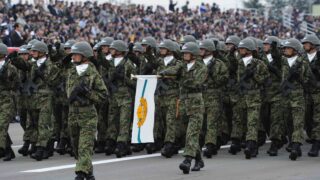



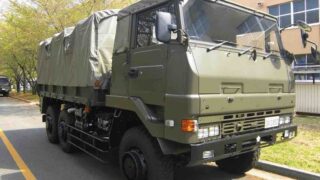

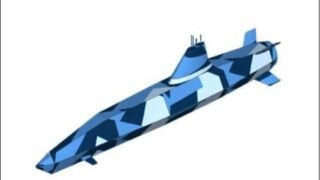



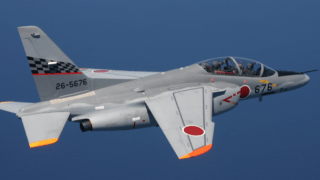


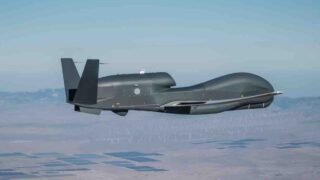



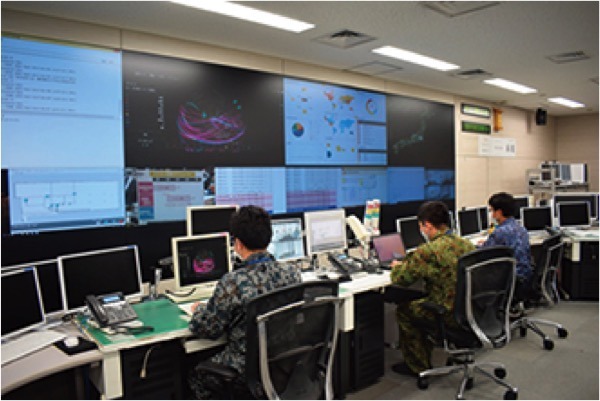
Comments